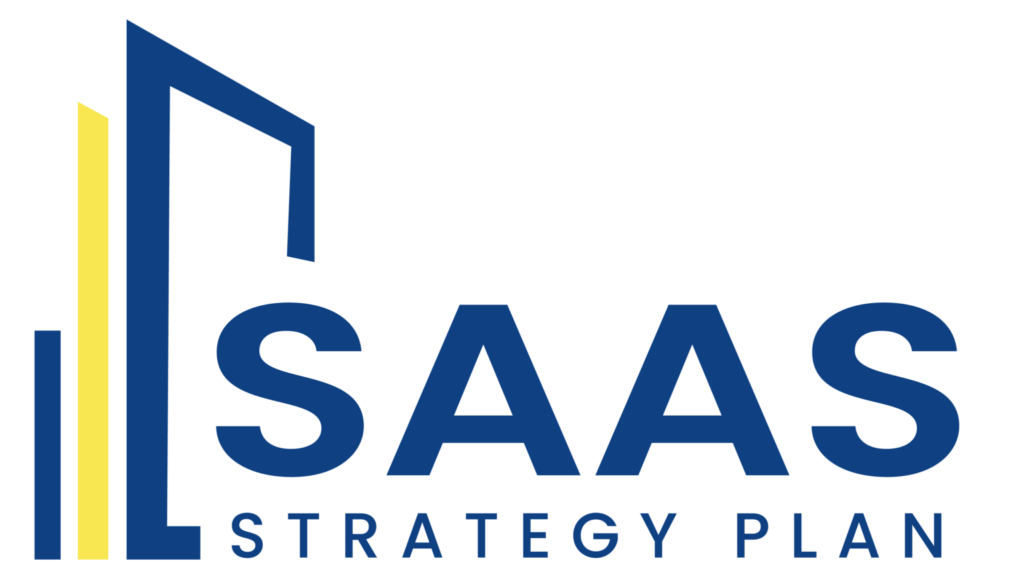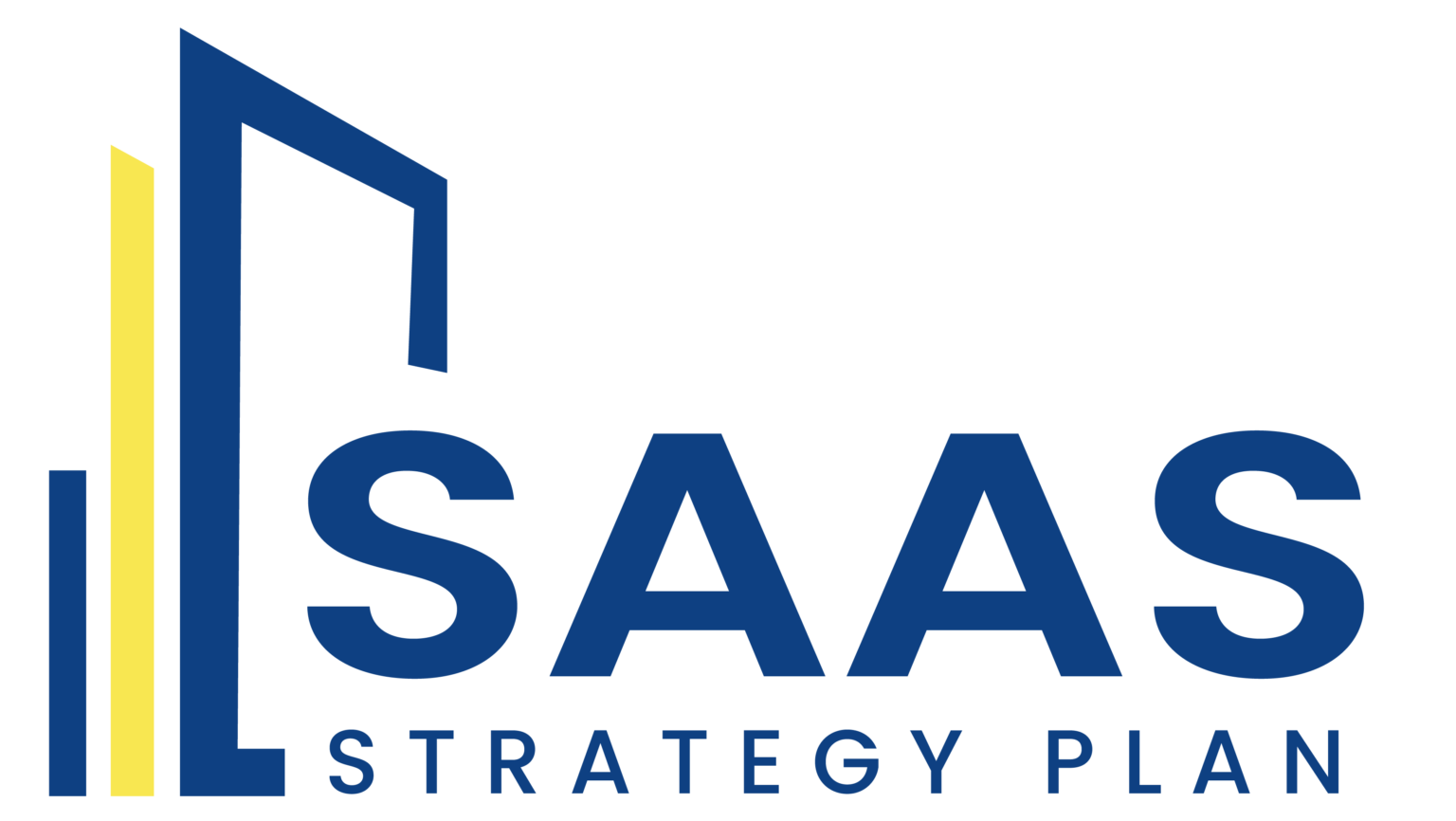How Do We Balance Immediate Hiring Needs with Long-Term Workforce Growth?
Today’s business world is characterized by a fast pace and uncertainty. This means companies have to deal with various dilemmas and vaguenesses. The people in charge of hiring are the ones who hold the key to this universe, as they have to determine which skills are required immediately and make the strategic decision of how and where to further develop their employees. This new initiative equalizes the organization to attract, involve, develop, and retain quality workers hence corresponding to the present and future business needs of organizations. These are our answers to these challenges and the alignment with our organizational goals is our HR strategy: Navigating Organizational Transformation Driving organizational change remains a very vital aspect if the company wants to be able to explore new paths of growth. This is done by the dissemination of the mindset of doing something on a higher level and the practice of the behavior contributing to the adaptation to modern business practices. Agile Performance Management: The continuous feedback loop enables individuals to automatically update their development and to adapt to every situation. This involves regular check-ins and goal-setting sessions that encourage employees to take ownership of their development. Leadership Training Programs: Emphasizing agility and resilience to enable leaders to effectively guide their teams through periods of change. Include programs with workshops on change management and leadership styles tailored to different organizational levels. Cross-Functional Collaboration: Promote teamwork across departments to stimulate innovation and cultivate a diverse skill set among employees. Foster cross-departmental projects and initiatives that require collaboration and knowledge sharing. Strengthening Employer Branding One of the first steps to attract the best talent is to build a strong company image and the Employee Value Proposition (EVP). We should project the company’s culture, ethics, and devotion to employee’s growth and health through different channels. A powerful employer’s brand is not only to bring in skilled employees but also has the added value of fostering the feeling of pride and connection to create a place of work where employees are content. Thereby we should reflect how the company stands out uniquely in the huge employment market. Authentic Storytelling: Leveraging social media platforms to share genuine employee experiences and testimonials that highlight our company culture. This includes employee spotlights, behind-the-scenes content, and testimonials about career growth within our organization. Industry Engagement: Enhancing visibility through active participation in industry events and career fairs to showcase status as an employer of choice. Employers can sponsor events, host informational sessions, and engage with potential candidates and industry professionals. Online Reputation Management: Actively managing and responding to feedback on platforms like Glassdoor and Indeed to maintain a positive employer brand. We address employee reviews constructively and use feedback to improve our workplace environment. Committing to Diversity, Equity, and Inclusion To give priority to strategies that promote diversity, equity, and inclusion (DEI) policies become significantly important, which in turn showcase our commitment to diverse talent, as well as, reflect on that talented pool. We should design proactive models to support inclusiveness and eliminate biases in the recruitment process. Through commitment to creating an environment wherein each team member feels secure and valued, employers should be a magnet for groundbreaking and close-knit team of experts. One way in which team members can grow together is by appreciating the fact that they have been exposed to diversity and the provision of different experiences that catalyze progress in terms of proactive brainstorming and challenges of various kinds. Diversity Training: Regular training sessions to raise awareness of unconscious biases and promote inclusive practices throughout the organization. We provide interactive workshops and resources that encourage open dialogue and understanding. DEI Task Force: A dedicated team responsible for implementing and monitoring strategies to foster diversity, equity, and inclusion. The task force includes representatives from across the organization who collaborate on initiatives and review progress regularly. Employee Resource Groups (ERGs): Establishing support networks for various demographic groups within the organization to foster a sense of community and inclusivity. ERGs organize events, provide mentorship opportunities, and advocate for inclusive policies and practices. Embracing Skills-Based Hiring Nowadays, the employment sector is ever-changing thus the whole process of selecting candidates based on fitting skills and experiences suitable for jobs rather than the traditional forefront certifications is crucial. This method provides us with a way to immediately adjust to market changes and thus, guarantees us the required talents to run business strategic goals. The measurable results of skills-based hiring are the general flexible and adaptive quality of the workforce and a full and complete feedback mechanism for the comparators at the decision stage. Skill-Centric Job Descriptions: Crafting job postings that emphasize required skills and competencies over rigid educational and experience criteria. Executive leaders should collaborate with hiring managers to align job descriptions with current and future business needs. Practical Assessments: Utilizing real-world scenarios and skills assessments during the hiring process to evaluate candidates’ problem-solving abilities and adaptability. This includes structured interviews and role-specific simulations to gauge technical and soft skills. Internal Mobility Programs: Encouraging employees to explore opportunities across different departments to match their evolving skill sets and career aspirations. We should promote internal job postings and provide resources for career development and advancement. Investing in Continuous Development The key factors mentioned are ‘continuous learning and development.’ Development and learning throughout the whole of the employee are equally important for both engaging and retention. In a way, the organization encourages such development with the aid of comprehensive training courses, mentorship, and upskilling programs. Our support of continuous professional development is a crucial factor in the growth of staff and the strength of our pool of talent we need for the future. By continuously providing professional development, we bring individuals’ unique skills and expertise to the forefront and in so doing, we hire a work cohort that is ready for the future challenges. Personalized Development Plans: Tailoring career growth plans to align with individual employee aspirations and organizational needs. We should conduct regular career development discussions and offer resources for skill enhancement
How Do We Balance Immediate Hiring Needs with Long-Term Workforce Growth? Read More »



